Android phones uses an ambient light sensor to mechanically adjust the phone’s brightness. It is up to every Android phone’s maker to correctly fine-tune he auto-brightness characteristic and in general they don’t end up doing an incredible job. The range of brightness of the phones ranges from too much bright to too much dim without anything in the betwixt. In this tutorial, we will be showing you how to control this feature using an app called Lux Lite.
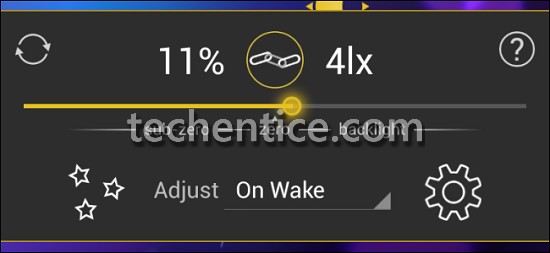
1. Getting Started
We will be employing the free version of Lux Lite for dealing with this system feature. It also provides with a paid version’s most significant feature and dosen’t even contain any advertising.
The paid version is priced at a minimal price of about $3. The full version allows for adjusting the screen brightness to a very low level which is totally apt to be used during night. It also provides with a mode that tinges the display with various colors somewhat alike to F-lux working
on Windows Platform.
To get started off with the app, open up the dashboard of the app after installing it.
Creating Linked Samples
To cultivate the power of Lux in the right way, you will need to make some “linked samples”. At whichever time you feel that your phone’s brightness level isn’t idealistic for the present level of ambient level of light in the room being it to be too dark or too light, you can always make a linked sample. This actually means that you will be altering the level of brightness on your own and then inform Lux that the current brightness level is idealistic for the present level of ambient light.
By creating several of these linked samples helps Lux to learn the actual levels of brightness for various situations. The two values mentioned at the top of the dashboard of Lux are the screen brightness level, quantified as a percentage and the ambient brightness level as accounted by the ambient brightness sensor as a lx value.
To produce a linked sample, you need to set the brightness slider in the Lux app as per the need and then strike on the link button.
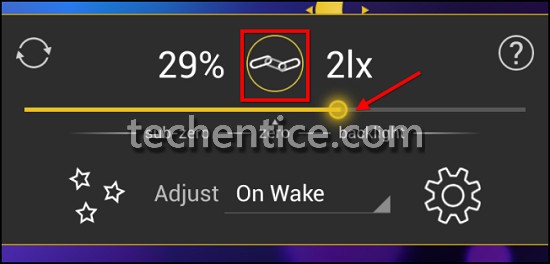
The ambient brightness and the display brightness levels would be united after you corroborate.
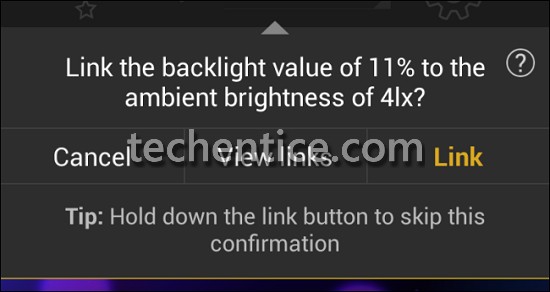
If by chance you have made a mistake in the way you have trained Lux app and aren’t satisfied with it, you can always view your own manual made linked samples and remove any of them and reset Lux to its default settings.
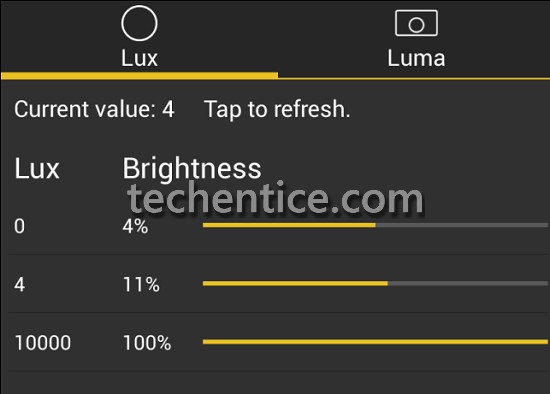
Setting Your Adjustment Type
Lux is by default set to change your phone’s brightness levels on wake. If you take your phone out of your bag, Lux will take a measure of the ambient brightness level from your phone’s ambient light detector and adjust the brightness level appropriately. It would not alter the screen brightness as you continue using your phone.
On one hand,this app could prove to be very useful as you won’t be troubled by your phone’s display brightness as you use it. Some phones these days have a really bad light sensor as the screen brightness keeps on vacillating thereby troubling you. On the other hand your phone also may not be able to adjust the display brightness automatically as you move from a bright place to a dark place.
To refine this feature, you can opt for one of the several adjustments available:
1. Manually: This mode completely disenables automatic brightness, so that you can calibrate your screen brightness manually.
2. On Wake: Lux alters the display brightness as soon as you wake up your phone. This being the default setting of Lux.
3. Dynamically: Dynamic mode sets your display’s backlight brightness when a substantial change in ambient brightness takes place.
4. Periodically: Lux sporadically inquires of about the ambient brightness level and then alters your display’s brightness.
5. Ascendingly: Lux will step-up phone’s display brightness when the ambient brightness level increments, but it would not diminish it when the ambient brightness level diminishes. The brightness level will be readjusted when your phone goes to sleep.
“On wake” mode works pretty fine if you take your phone out of your pocket to use for short intervals on a regular basis as your phone will select an appropriate screen brightness level every time. If you are planning to use your phone for longer intervals and you want the display’s brightness level to adjust automatically, the “Dynamically” mode would be your best bet even though if the light levels extend to alter or else your phone’s brightness sensor is undependable, you will surely want to try the “Ascendingly” mode.
To use Lux, all you need is a pretty good smartphone with a fairly good light sensor and also you need to produce linked samples to prepare its automatic brightness algorithm for your phone and your personal predilections. You should always go for the adjustment mode that best suits you.




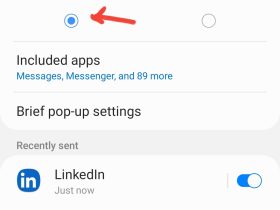


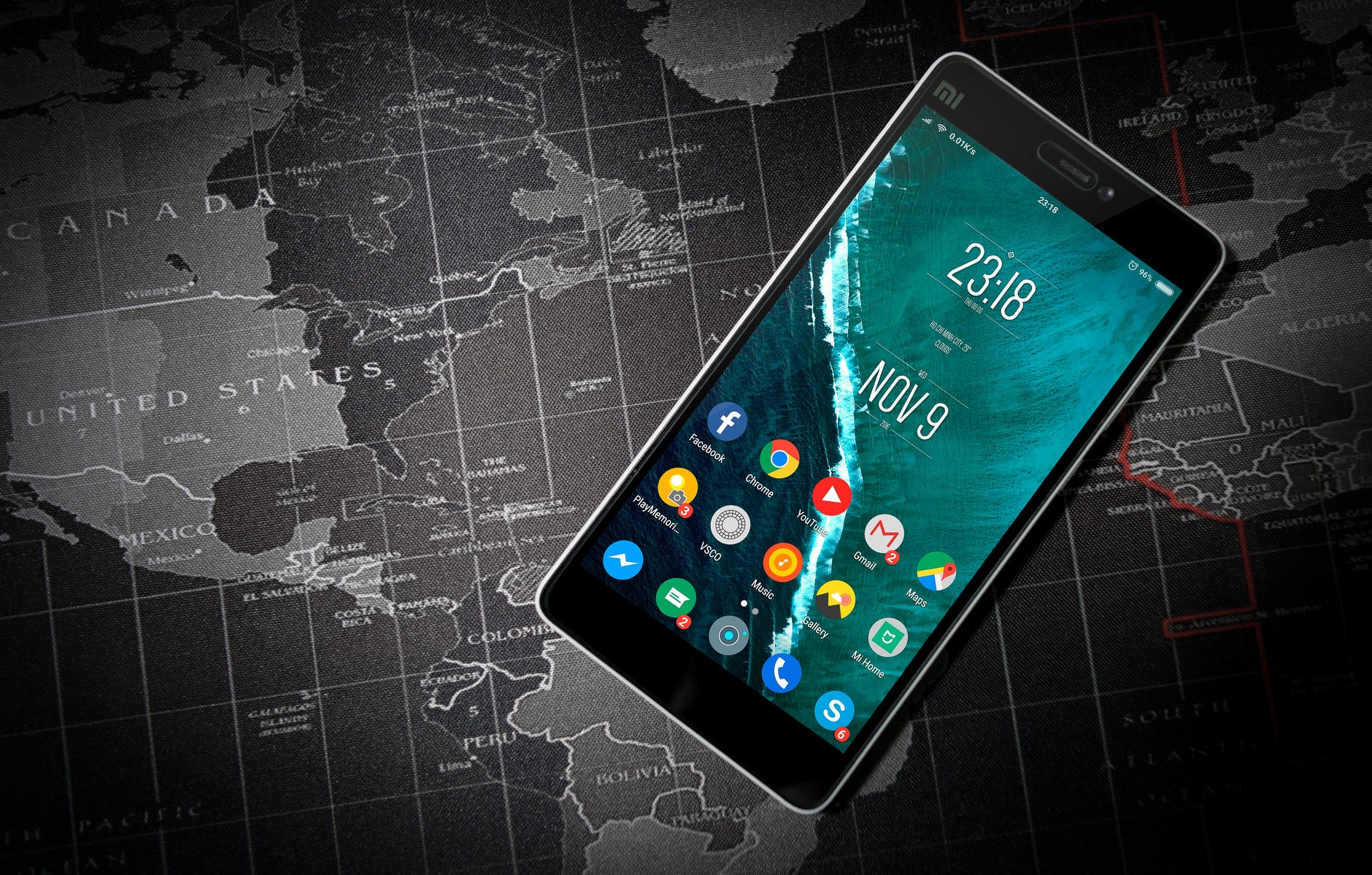
Leave a Reply